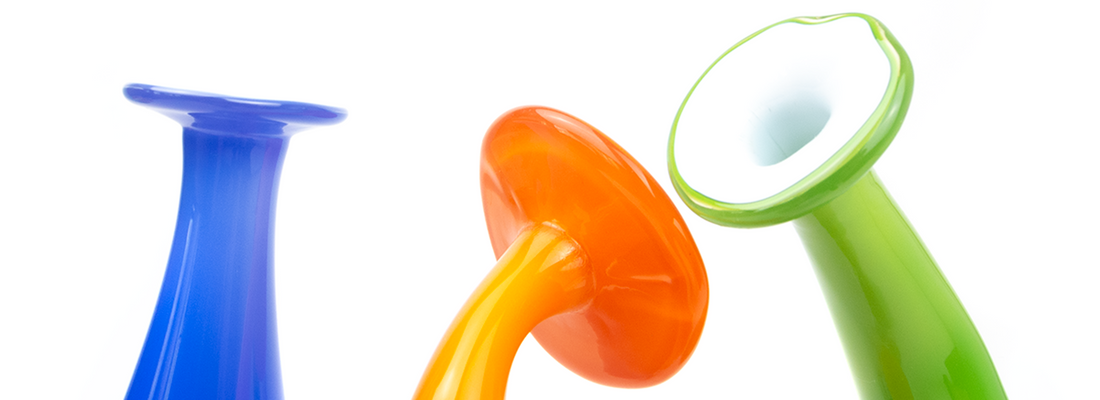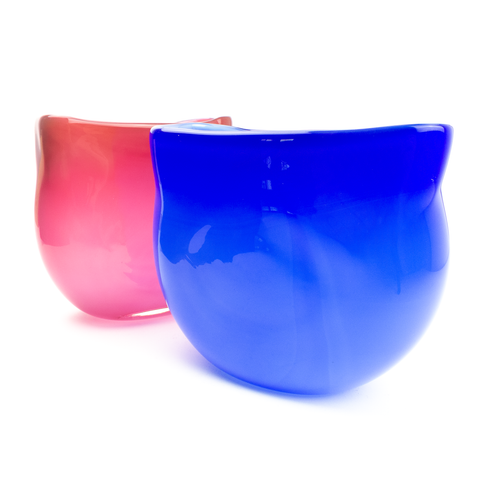
care for your craft: glass
Share
Do you know how to care for your glass craft? The first step is to learn more about the medium, its characteristics and functions.
Glass is the earliest known synthetic material, made up of sand (silica), lime and soda ash. When combined with intense heat, these three components melt together to form glass.
Glass in a hot molten state can be stretched, folded, twisted, blown and formed into a variety of shapes and sizes. Layers of glass can also be heated and fused together without becoming molten.
Glass can be transparent, translucent or opaque. It can be clear or coloured, either in the glass itself or with surface application of enamel, powder, or metal leaf or foil.
when shopping for glass, some questions that will help you inform your purchase are:
For what are you using your crafted piece?
Does the glass need to be thick, durable, tempered?
Where will your dish spend most of its time – kitchen table, patio, bathroom counter? Will it be kind to the surface on which it will live?
functionality and aesthetics
As with all craft, if you find a piece you like, be mindful of the relationship between aesthetics and function.
Is the design, function and structure relational to the front, top and bottom of the work? Is it well-proportioned and balanced?

ask the artist
If you get a chance to meet the artist, or if there is information about them at the shop, you can ask for more information about the glass product.
Is the glass tempered? Glass should be tempered when necessary – some cook/baking ware, when used for tabletops and in cabinetry.
If you plan to use the glassware to hold or serve, for consumable purposes, ensure the glass item is properly polished and smooth to touch, ensuring it will not harm its users.
Know what Health Standards should apply by becoming familiar with the Hazardous Products Act.
care for your glass
The composition of glass can affect its durability, but there are a few care tips you can use to make your glass last. Avoiding dishwashers for sculptural pieces is essential – high water temperature or pressure, as well as aggressive detergents might damage part of your glass. Instead, use lukewarm soapy water to clean your items with a non-abrasive cloth.
Placing your glass items in a secure and level surface and keeping them away from heavy traffic places can also help prevent accidents. You can use museum wax or gel to secure them down on a surface.
Whether you are shopping for functional or sculptural glasswork, and whether you prefer blown glass, lampwork, fused glass, or coldwork, make sure to learn more about your next glass purchase!

cover image: Seussian Vase by Hope Forstenzer
in-text: "Over Reacted" vase by Katherine Russell
footer: "Faded" vase by Hope Forstenzer
